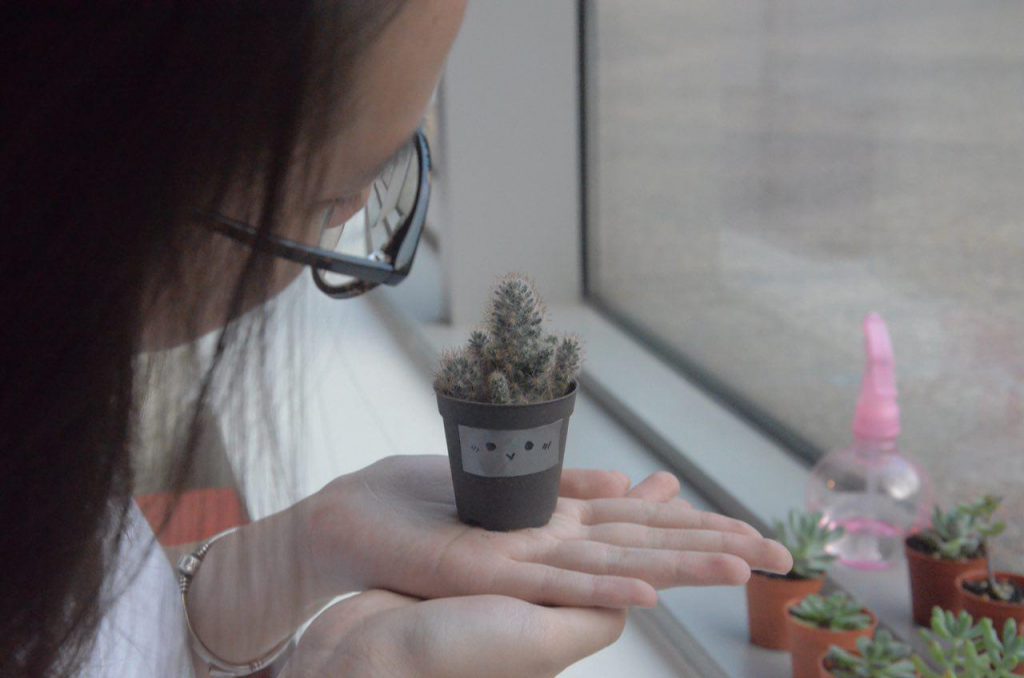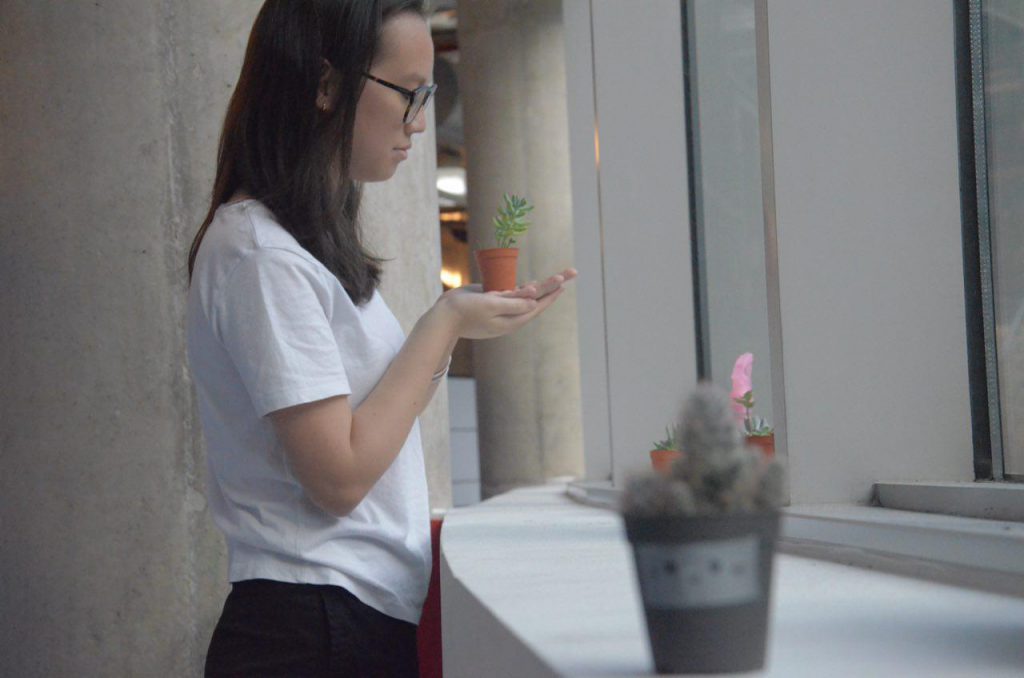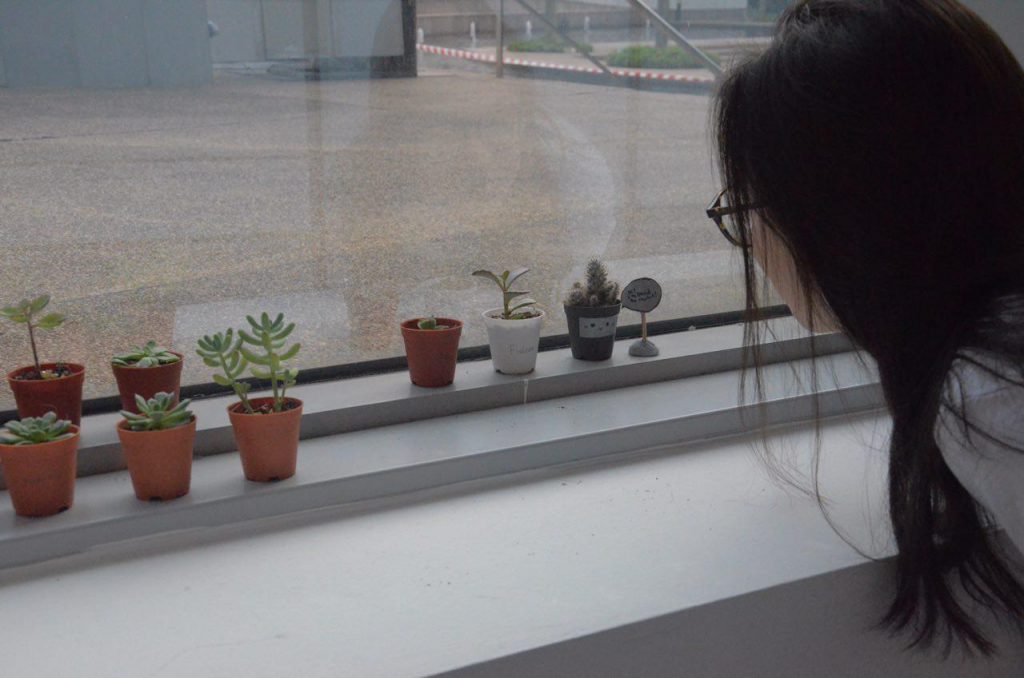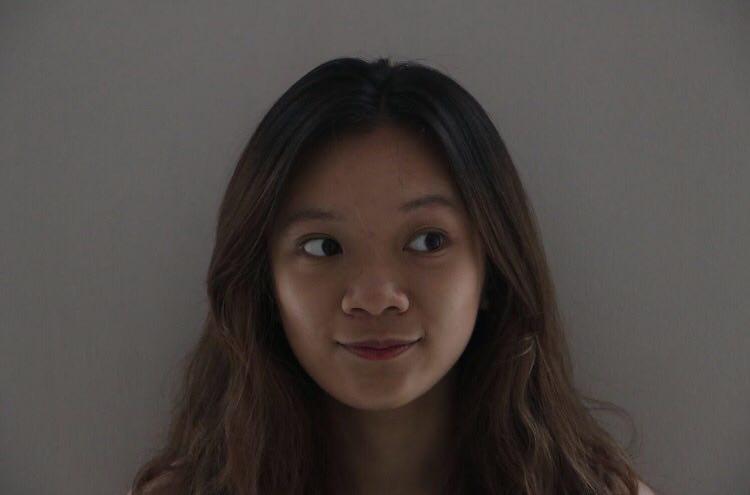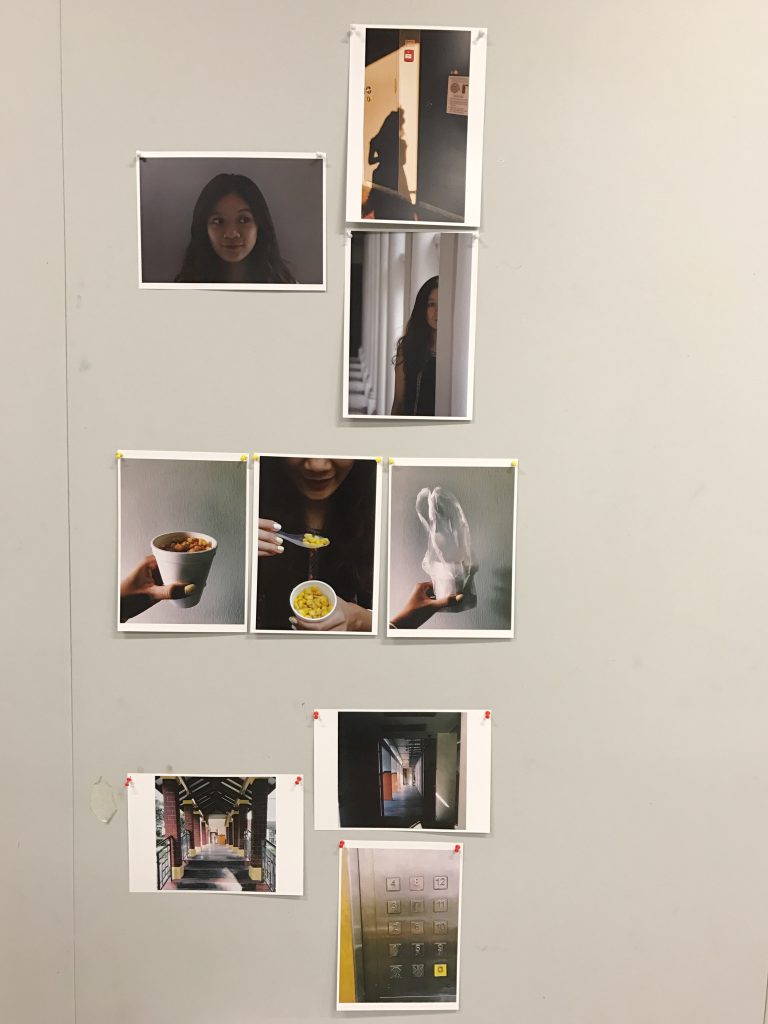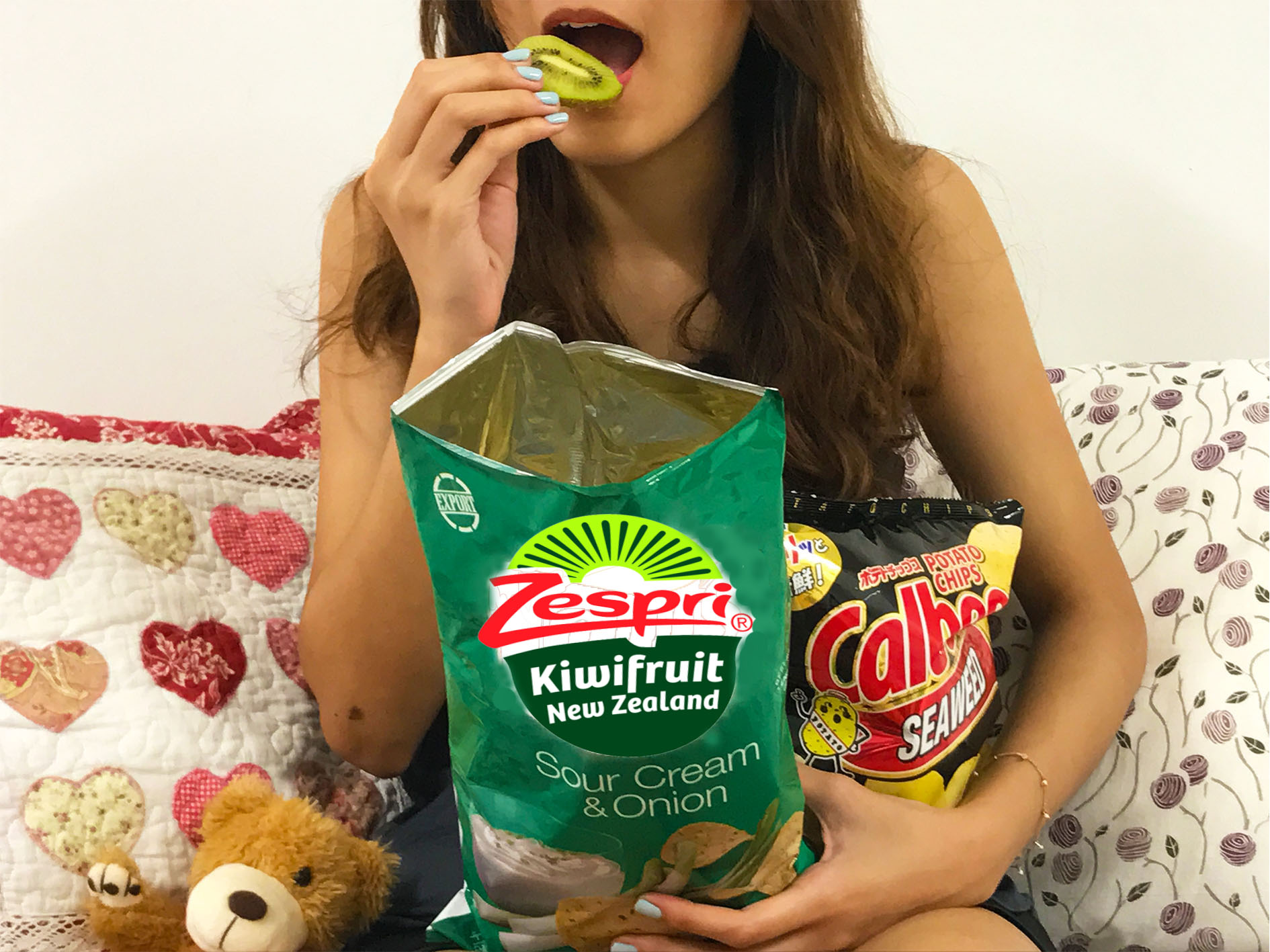
In Project 2, we discover the idea of subverting the meaning behind objects. I went on to research on more ideas .. this is something I found super interesting!
The word I got for this project is KIWI!
The Object
KIWI & its associated place
This shot was taken at a place that people will conventionally find kiwis. I thought the texture of the plastic bag that evokes a blurry feel gives more emphasis on the kiwis itself, yet still included in the picture to give a sense of context as to where the picture was taken – the supermarket / fruit store, essentially the place of purchase.
The portrait photo was not chosen as the background gave too much distraction, such as the air con fan and the extensive inclusion of the plastic bag holding the kiwis.
KIWI & its identity
The close-up shot of the kiwis was not initially included into the presentation as it gave too little context as to where it was taken, which should tell its reader where you can normally and conventionally find and purchase kiwis. However, I thought this shot showed the texture and the shape of the rarer, yellow kiwi very well. A green kiwi was not used as I thought it was too conventional and too predictable. I included the Zespri brand of the kiwi as the focus of the picture as I found out that Zespri is one of the largest marketer of the kiwifruit. (About Zespri) Therefore, the branding is also a huge part of the identity of the kiwifruit.
Some Test Shots:
A KIWI Cross-section
Something unique about the kiwifruit is also its cross-section. Therefore, I cannot miss that out! I used the rule of third to spice up this shot a little!
Some Test Shots:
The Subversion
I had many problems trying to subvert the idea of kiwi as it does not have a very apparent link to a different meaning. For example, the banana is also universally linked to a smile.
Despite that, I played with the brand of a shoe polish also called Kiwi, as well as the shape and unique qualities of it, like its cross section.
KIWI, SHOE POLISH
Original Photo:
After Photoshop:
Since the kiwi shoe polish has a sole purpose (see what i did there?) of polishing up a men’s leather shoe, I wanted to switch it up a bit. I used a white sneakers instead to bring in the idea of kiwi as a fruit too, apart from it being a shoe polish. The fact is that if you smear a kiwifruit to your shoes, you will dirty it. Hence, in this photo composition, apart from the apparent paradox, I wanted to play with irony as well. True enough, the next scene after this shot is taken will be a stained sneakers that will not look good, definitely not polishing it.
Kiwi Chips
Before Edit
After Edit
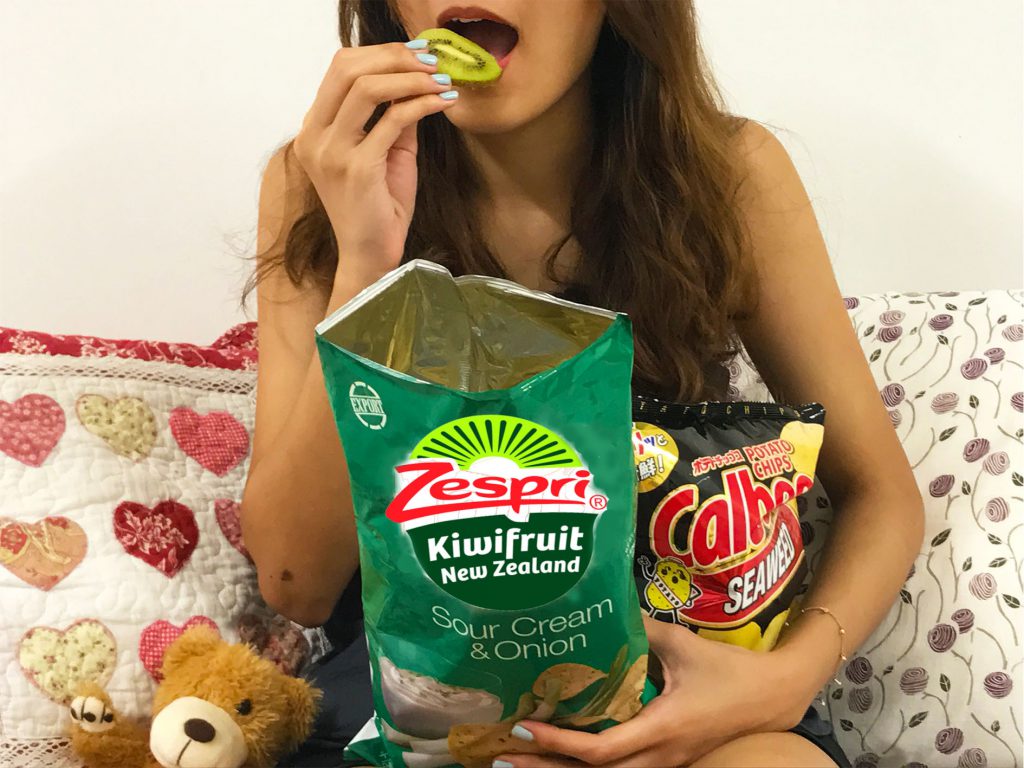
Kiwi seen as healthy food.
I thought sliced kiwi looked a lot like chips, so I played with that, riding on the fact that potato chips are unhealthy and oily food, whereas kiwifruit is known to be healthy.
Chips are usually “comfort food”
The orange hue in the photo accentuates the term “comfort food” together with the cozy background of a teddy bear and pillows.
A female figure is used because females are usually more associated with eating disorders like binge-eating and anorexia. (Research)
Test Shots:
Fit in
Looking at the shape of the kiwi, the egg seems like the one I can play with. Both rounded and elongated in shape, I thought I incorporate eggs and the egg tray in Task 2.
Fitting a kiwi onto the egg tray is no problem, but closing the cover is
Notice that while a kiwi could be placed on the egg tray, it is, however, impossible to close the cover. So does it fit in or not? Debatable?
Add the CAPTION!
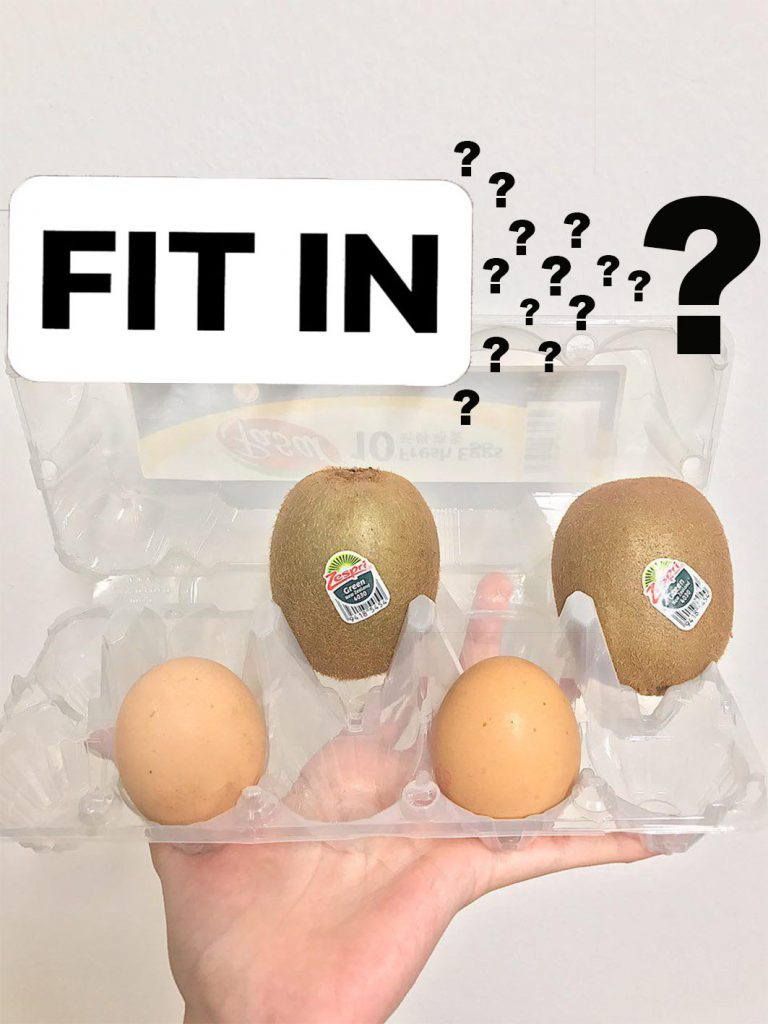 I knew I wanted to use this image to add a caption to further touch on the topic of whether the kiwi does fit into the egg tray. However, the caption was a tough one.
I knew I wanted to use this image to add a caption to further touch on the topic of whether the kiwi does fit into the egg tray. However, the caption was a tough one.
“where do we belong” was part of the selection, however, I thought it was a little too self-explanatory. Less is more.
I then worked with “FIT IN” since it has been a phrase that came to my mind when I brainstormed on the idea of fitting the kiwi into an egg tray.
How should I execute it? What font should I use? What message am I convey?
I first brainstormed with what message I wanted to work with. I wanted to challenge the impact of social media on the youths today.
How then should I execute it? As I was brainstorming, I thought what better way of coming up with the caption than to use Instagram since my message was related to social media. I did not like the idea of doing it up on an Instagram post, hence I worked with Instagram’s story features like its default font and colour.
I wanted the caption to be large and eye-catching, therefore, I put the black words against the white background.
The inclusion of question marks is to challenge the audience the idea of whether the kiwi actually fit into the egg tray. It is clustered to form an arrow, which is a directional and powerful sign of signal, very much like how our society “forces” us to be of a certain way. Similar to our society, the youths of today struggle to find an identity and because of the people around us, we are forced to fit in or be discriminated or bullied. People are expected to be put through a cookie-cutter even when every single person is unique and different in their own ways and cannot be fitted on a one-size “egg tray”. The one-size-fit-all theory is also challenged.
Task 3 – Research: Fonts & Meaning
- Serif Fonts
Example: Times New Roman
The presence of short lines on each letter gives it a formal feel. It is usually perceived as delicate, beautiful, expensive, warm and old. Usually used successfully in business news headers. However, when used in the body paragraph, the sizing may need to be noted as a small font will be hard on the eyes.
2. Sans Serif Fonts
Example:
Best used on the screen. It also creates a clean and intuitive reading process for the readers on screen. They are usually perfect for headlines and body paragraph. It produce an informal feel, hence not suitable for legal documents, however perfect for personal blogs and light-hearted magazines.
3. Script Fonts
The cursive fonts are best for screen use. They evoke an elegant feel. Some cursive fonts are similar to handwritings and hence are perfect for invitation cards.
4. Decorative Fonts
Decorative fonts builds a visual theme to your design that you put against. They are great for headlines but not really for the body. The emotional feel they evoke to the audience differs for each font.
Example:
One apparent example is the Harry Potter film cover and the “Harry Potter” font. It is distinctive and easy to recognise.

taken from: http://www.dvdsreleasedates.com/movies/4767/Harry-Potter-and-the-Deathly-Hallows-Part-2-2011.html
Reference:
The Removal, Replacement and Redefinition Template
Artist Research:
Chema Madoz
Madoz is a photographer from Spain and is recognised for his monochromatic and surrealistic photos.
After looking at his photos, I realise that his works often make me think twice as to what he is actually photographing. This inspired me to make my works questionable and debatable at first glance.
Reference:
It’s a Wrap!
Looking back at this project, I really enjoyed thinking out of the box and thinking atypically. Even though I had a lot of challenge subverting kiwi initially, with the research and looking at other artists’ works, I overcame that challenge and managed to still churn out ideas for Kiwi! (which i’m very happy about :))
Task 3 was a little to cluttered because of the question marks (as mentioned during critique), I thought I could have been more sensitive to the aesthetic of the message than the delivery of the message. That is something to work on!
All in all, this project helped me to look at things a little differently now! Hope you enjoyed viewing my work!
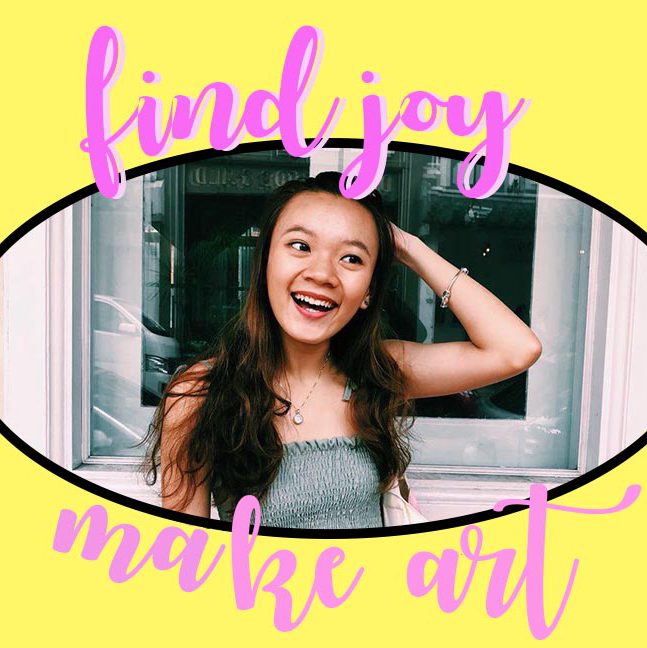
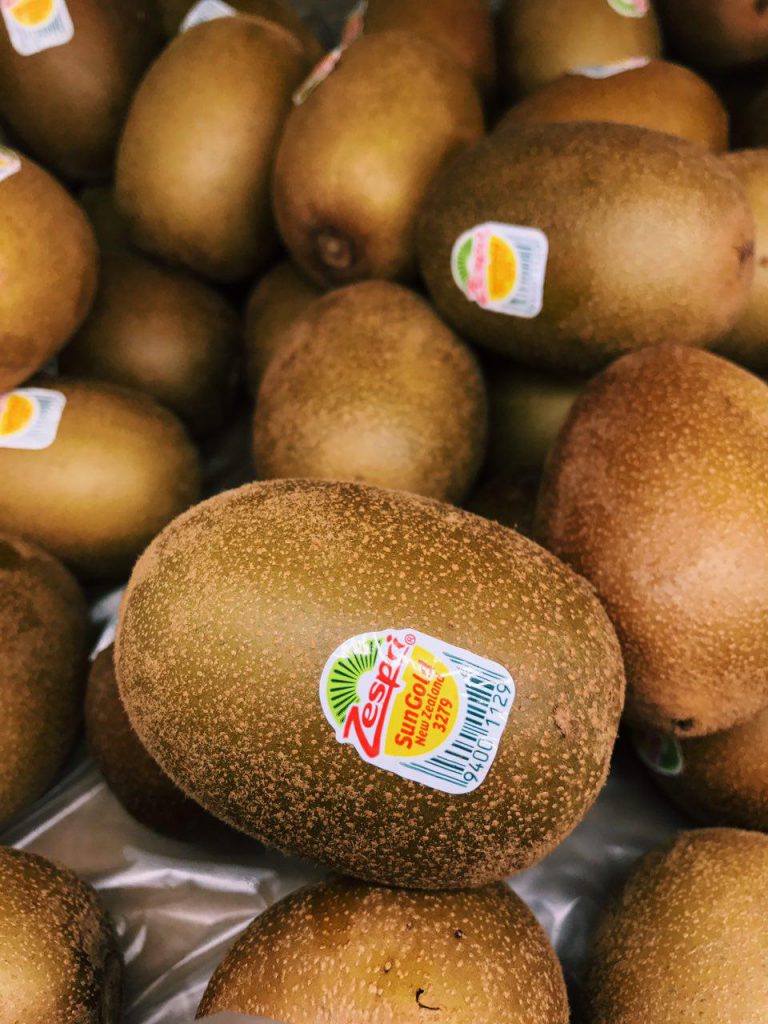
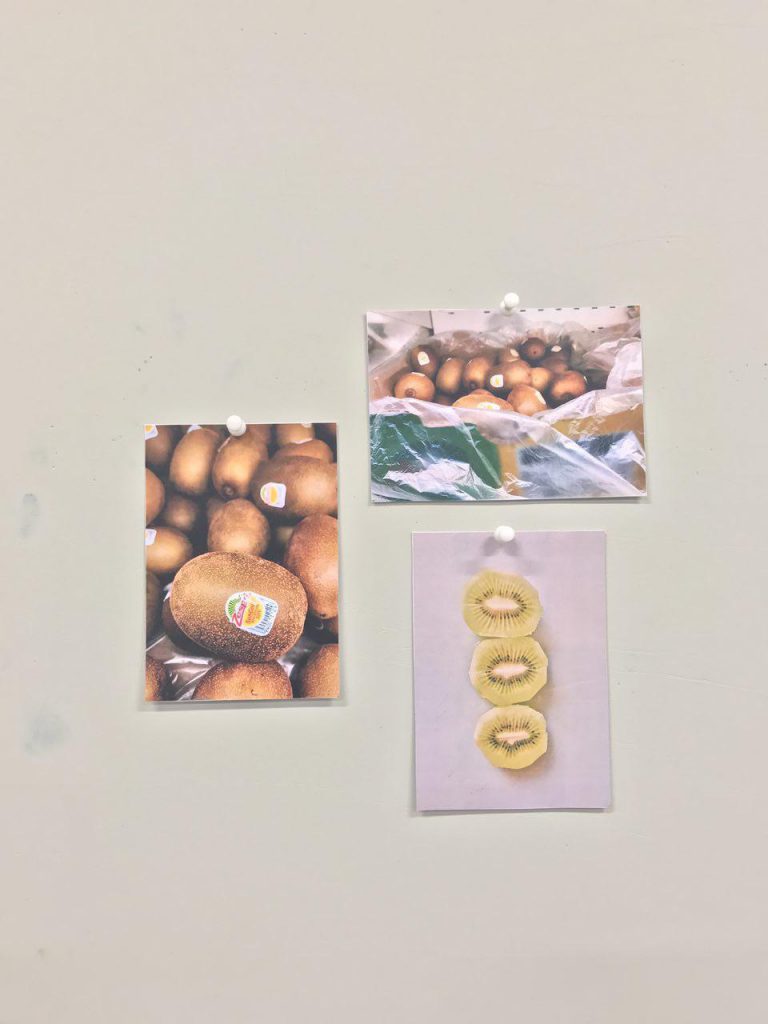
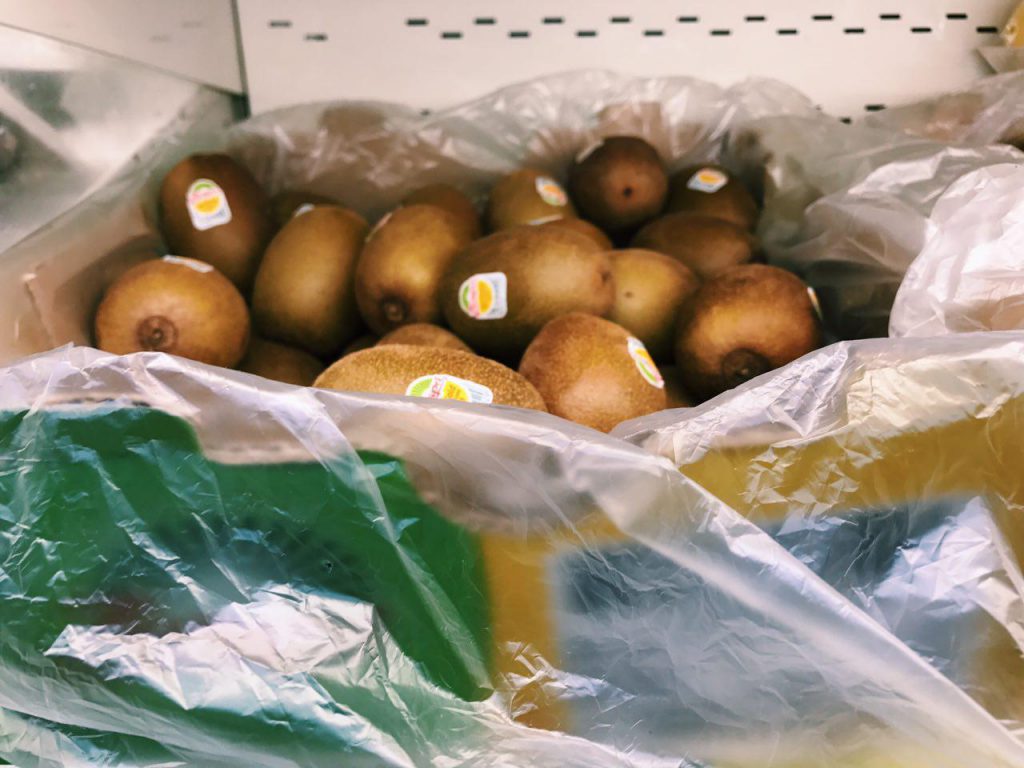
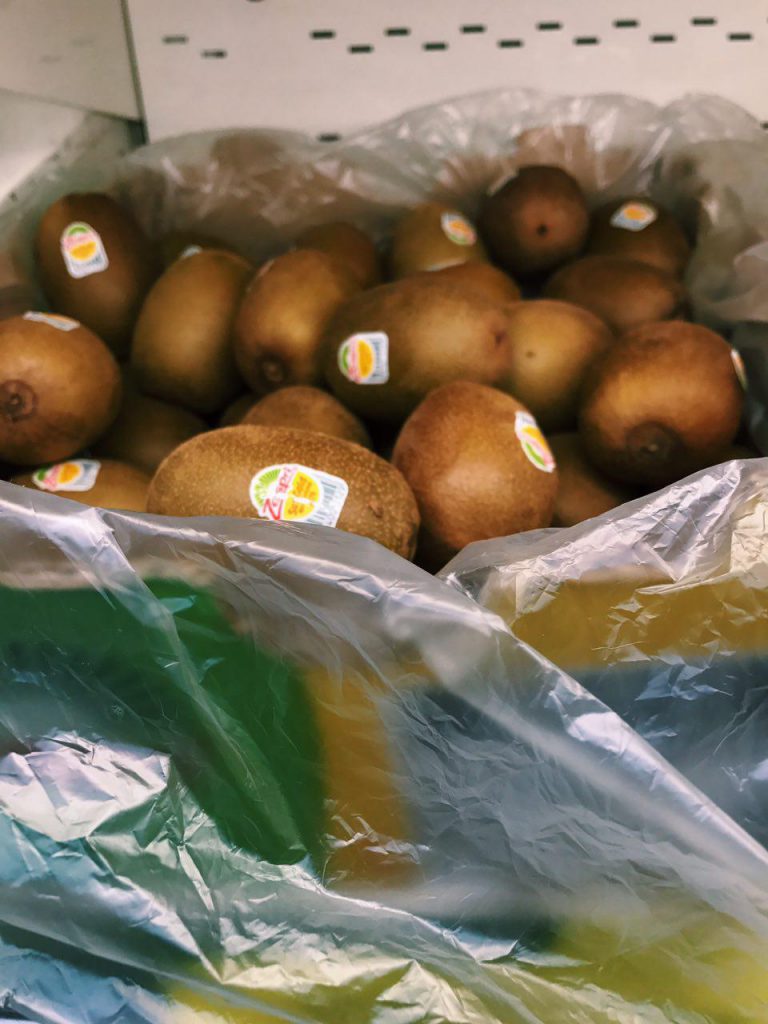

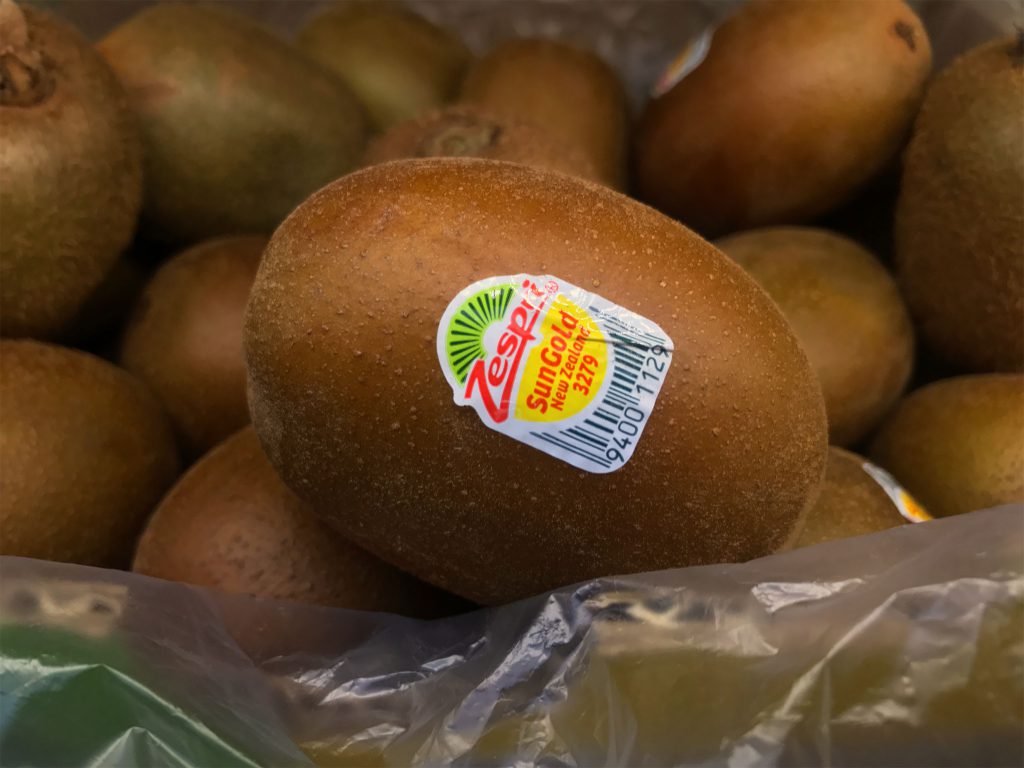
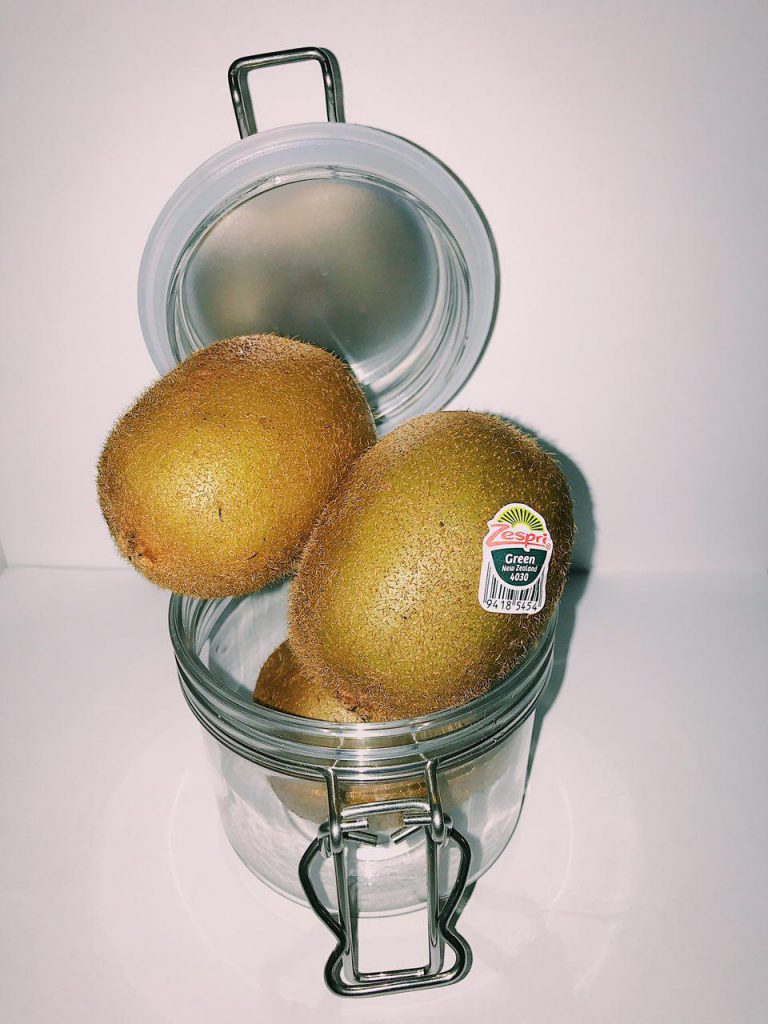
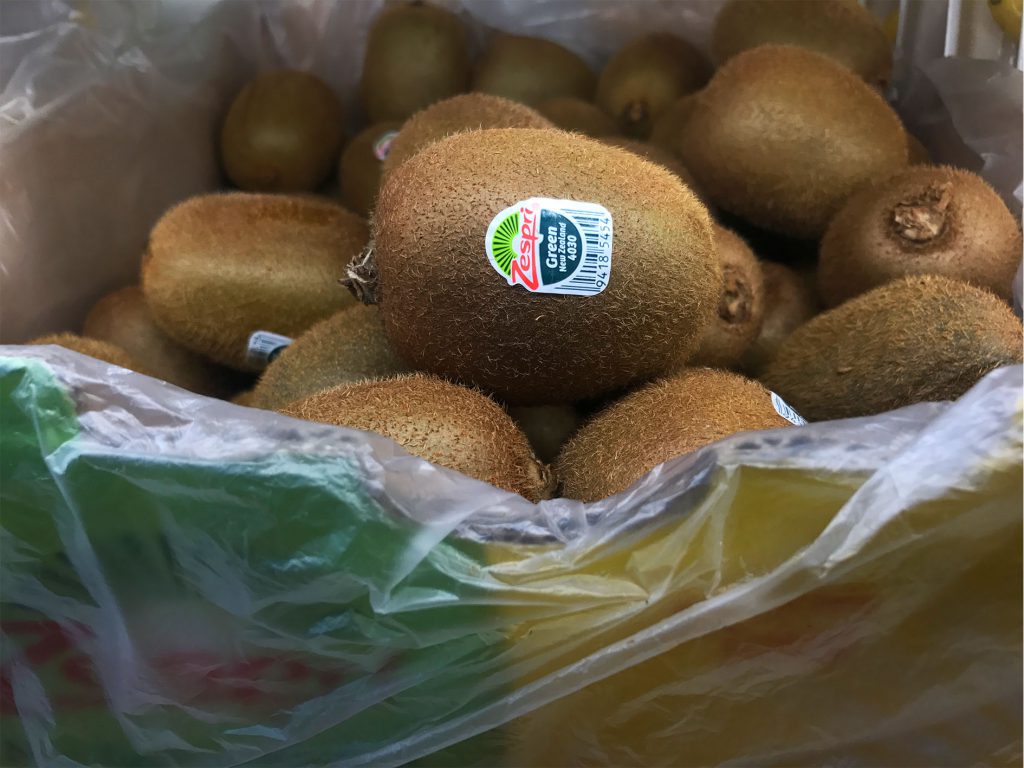
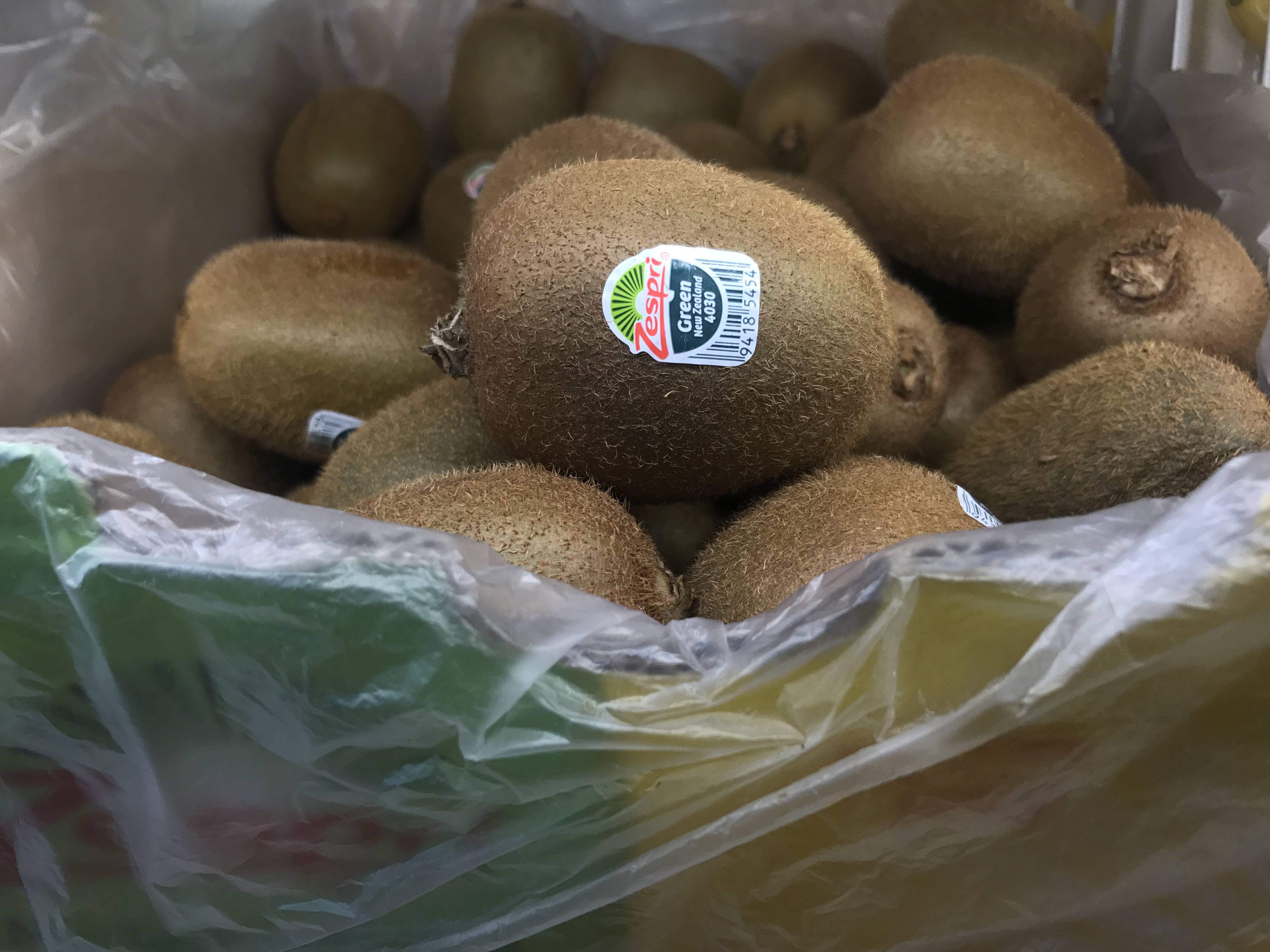
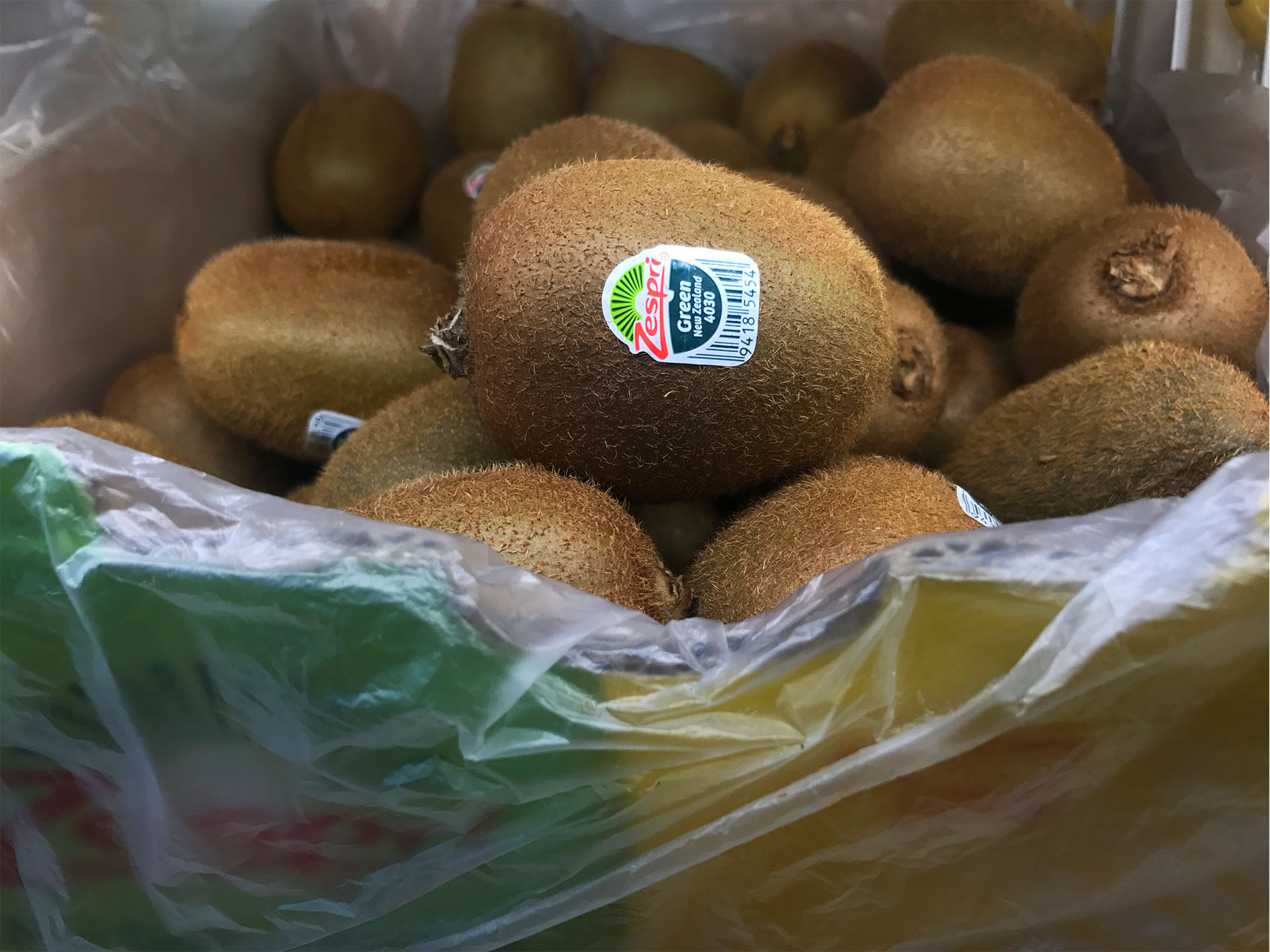

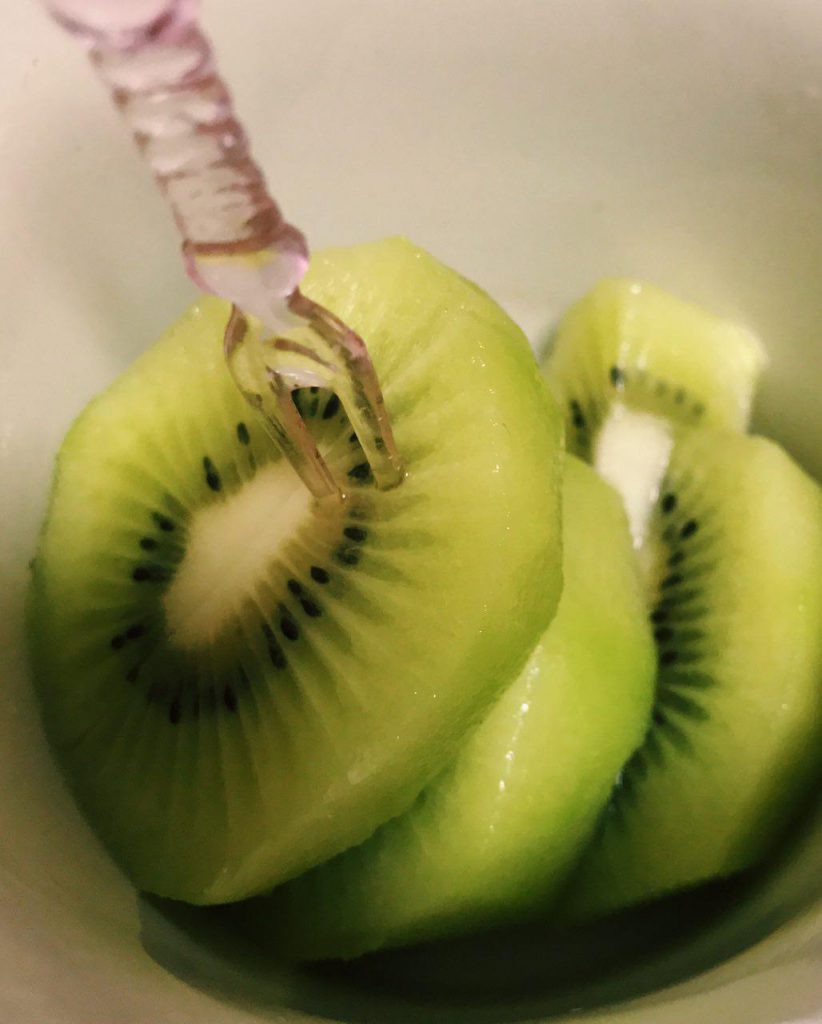
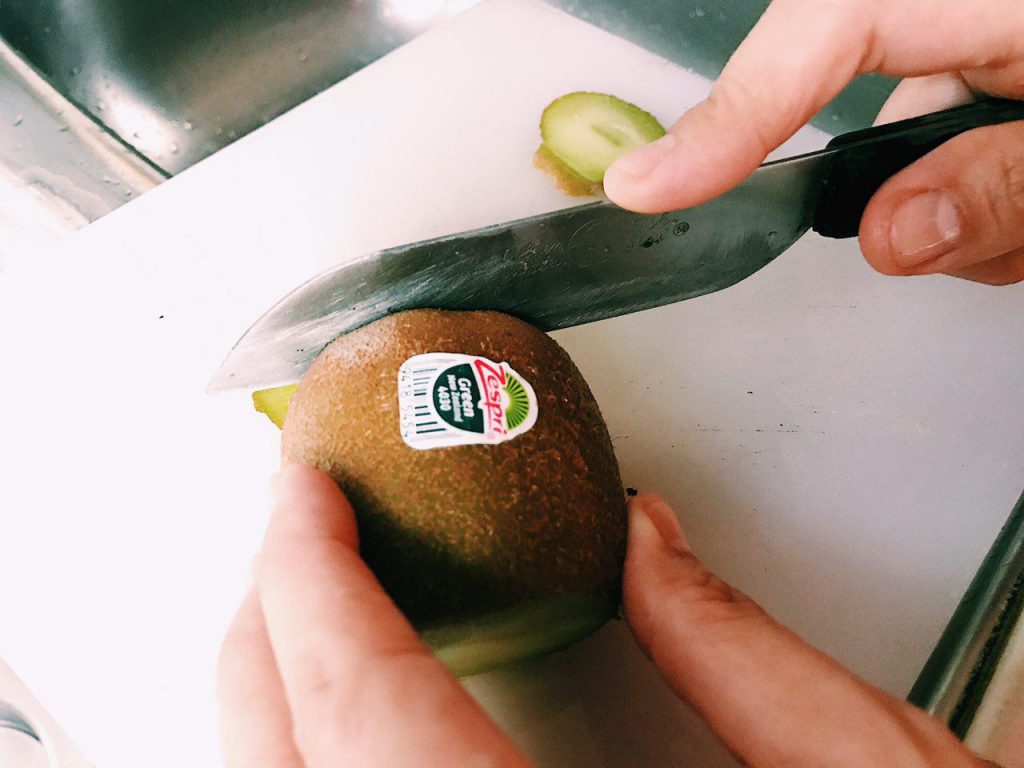
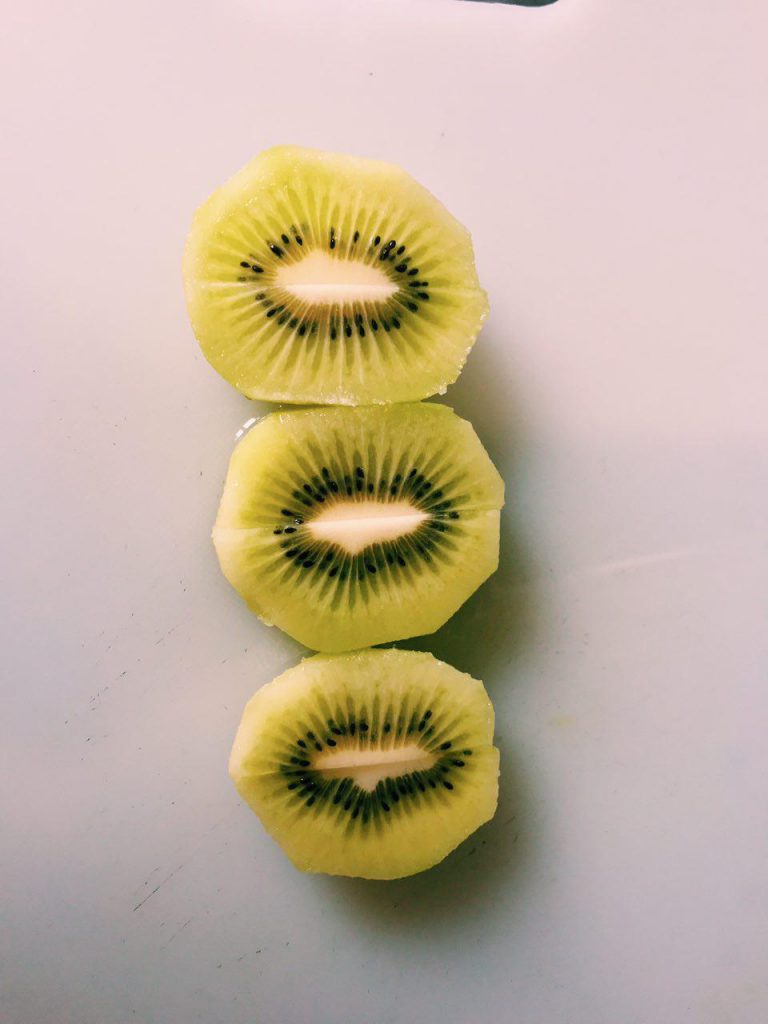
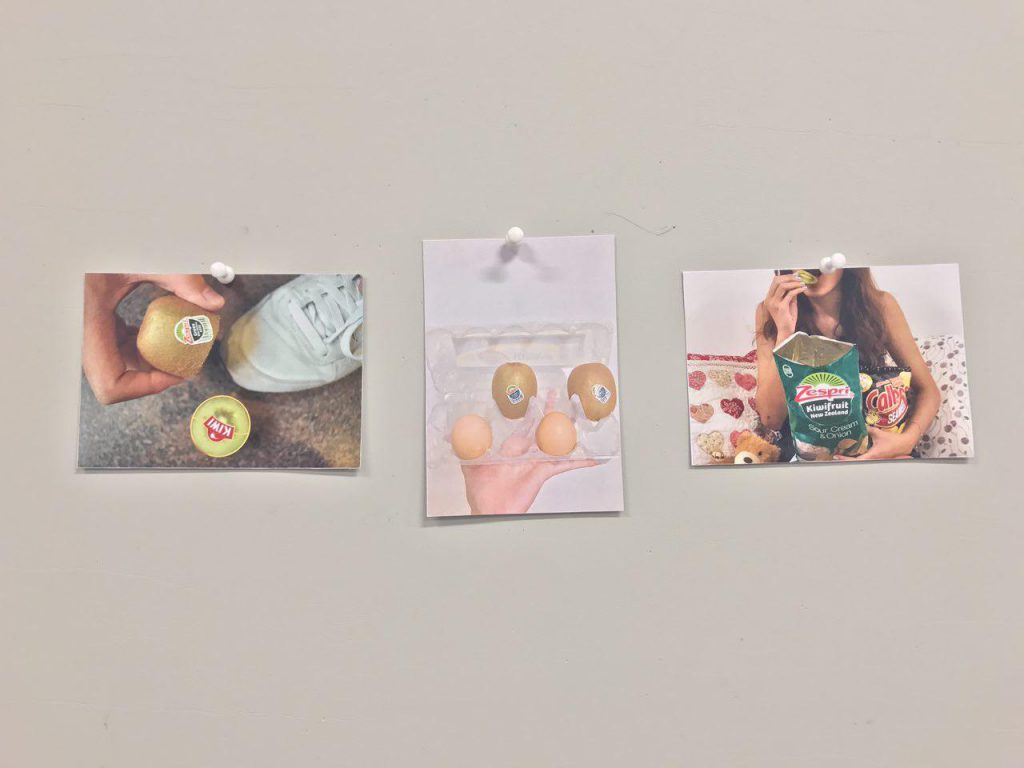
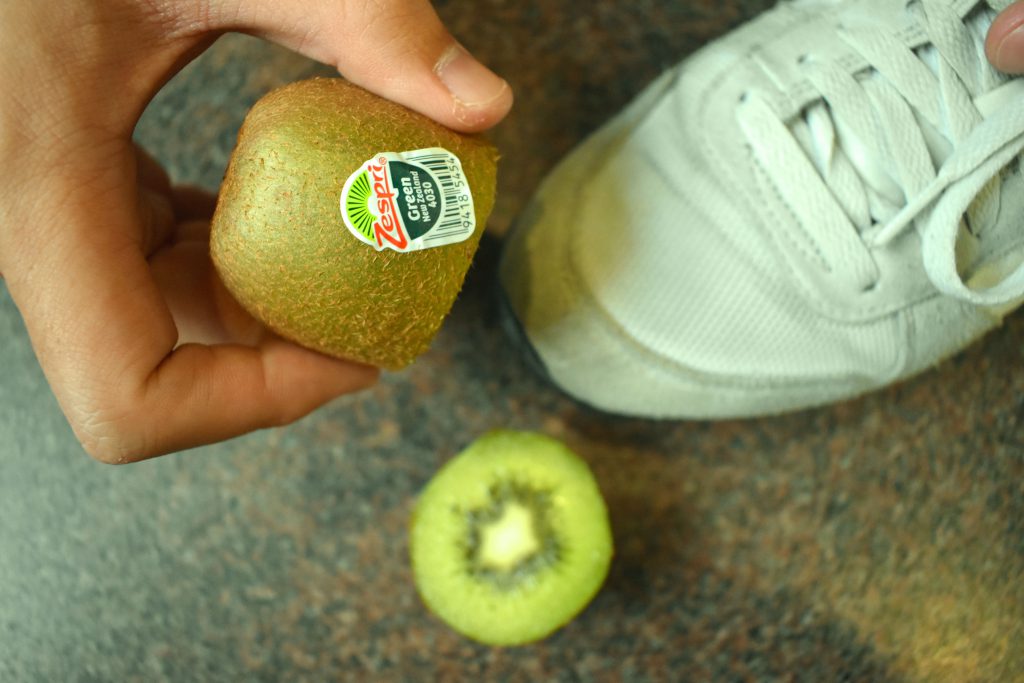
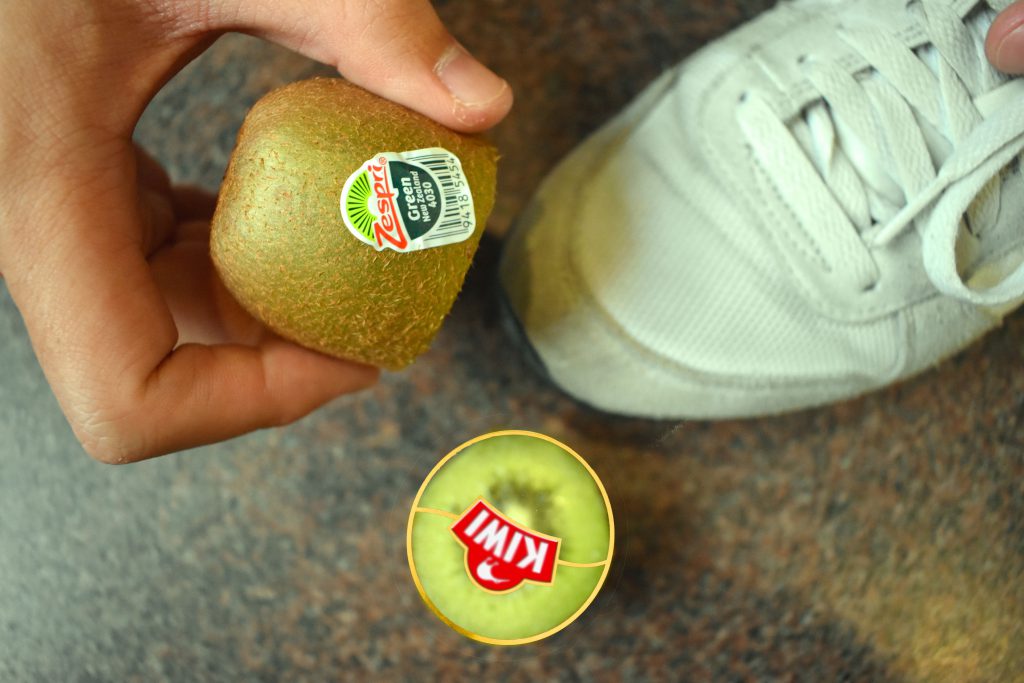
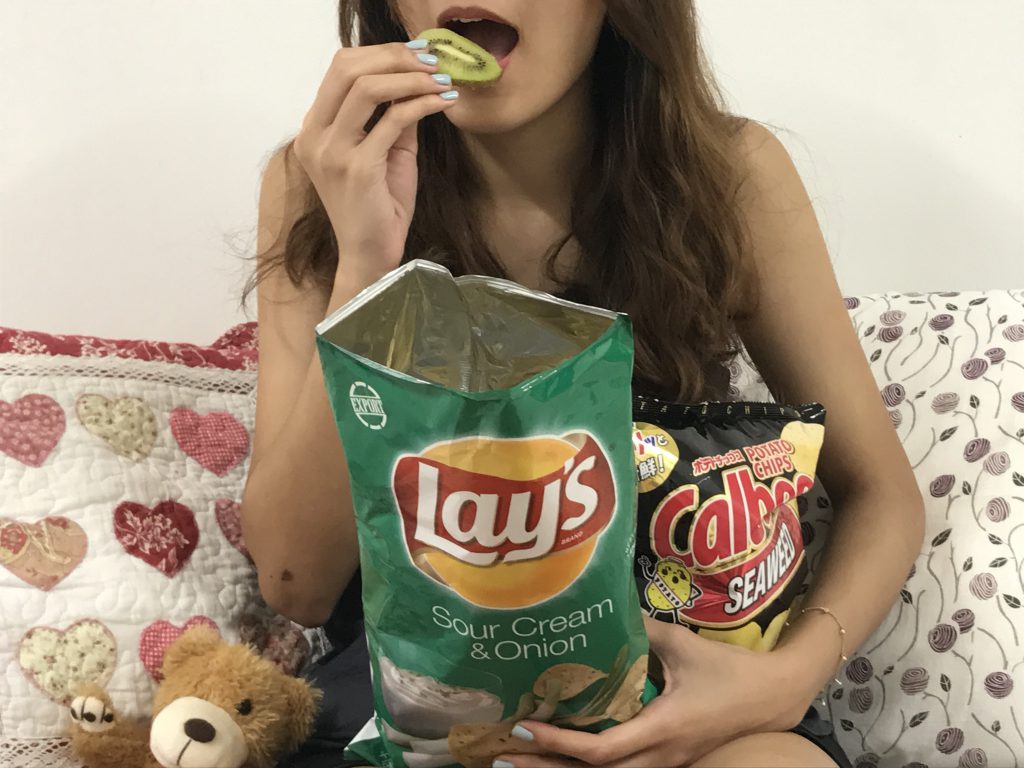
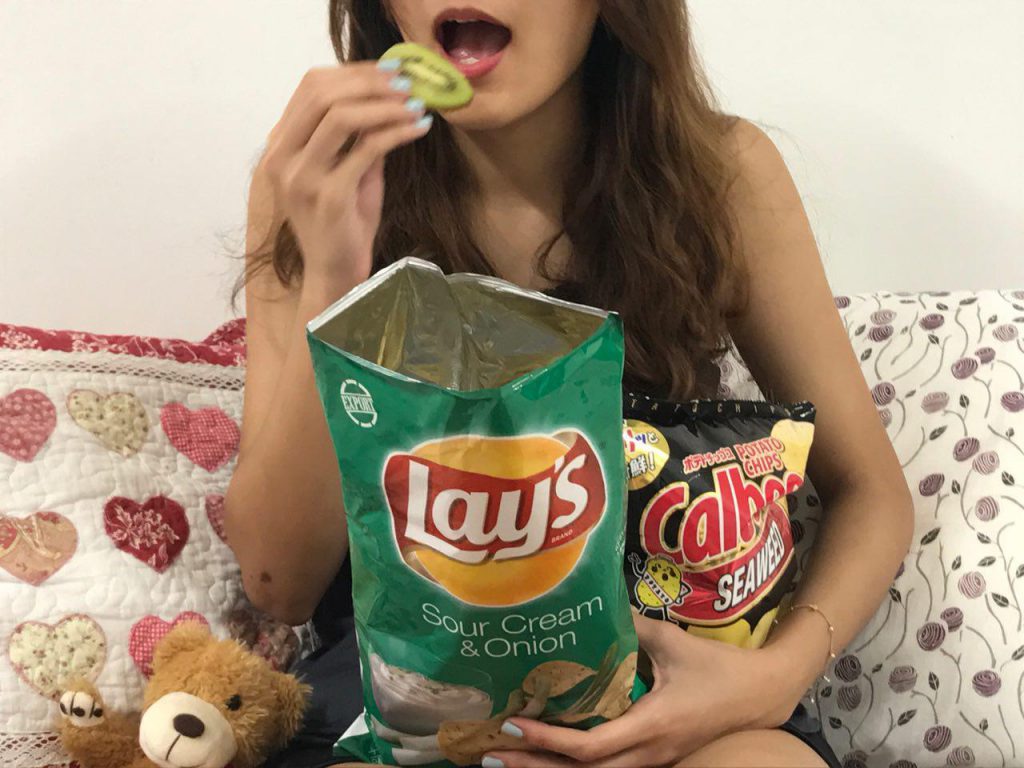
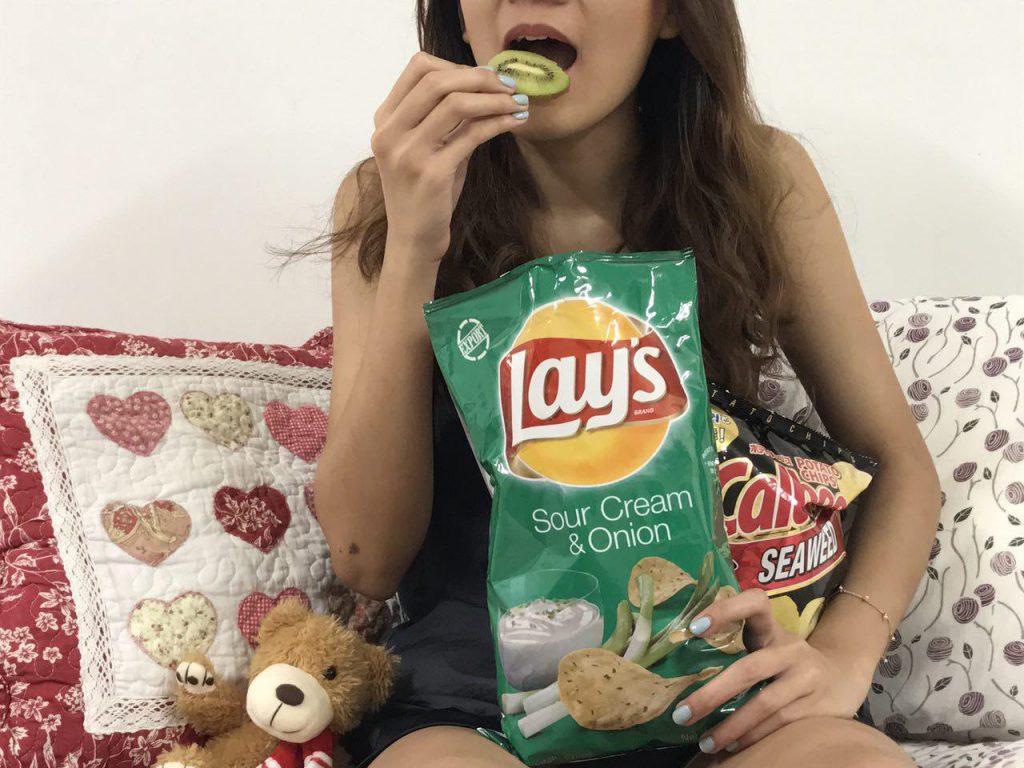
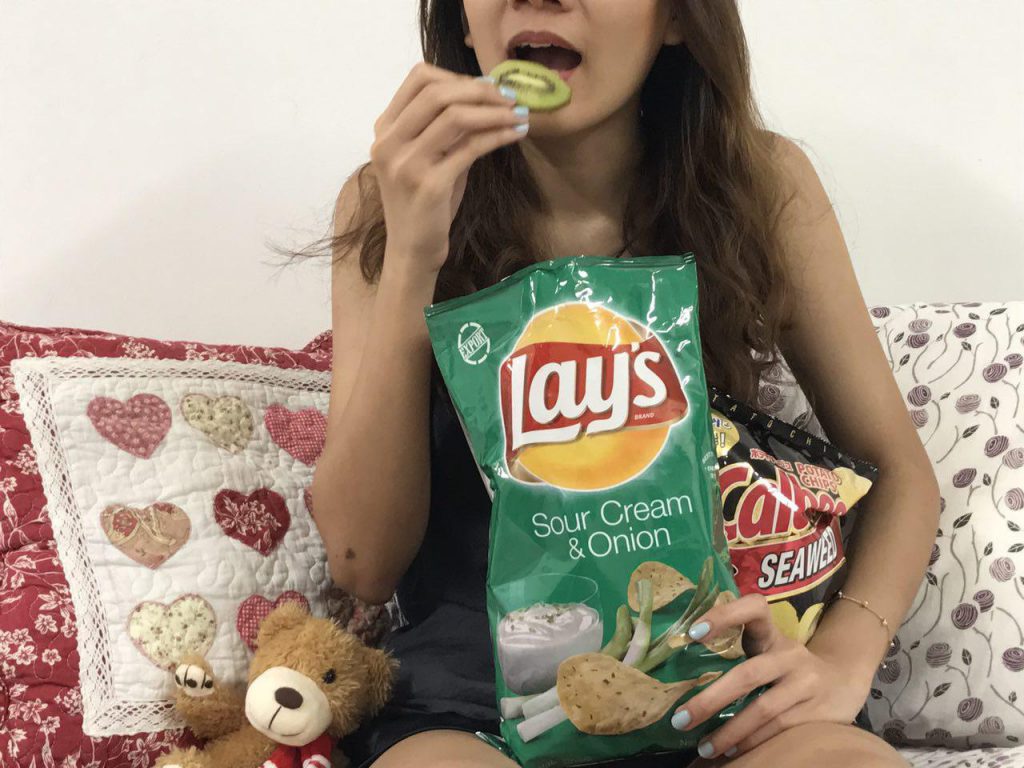
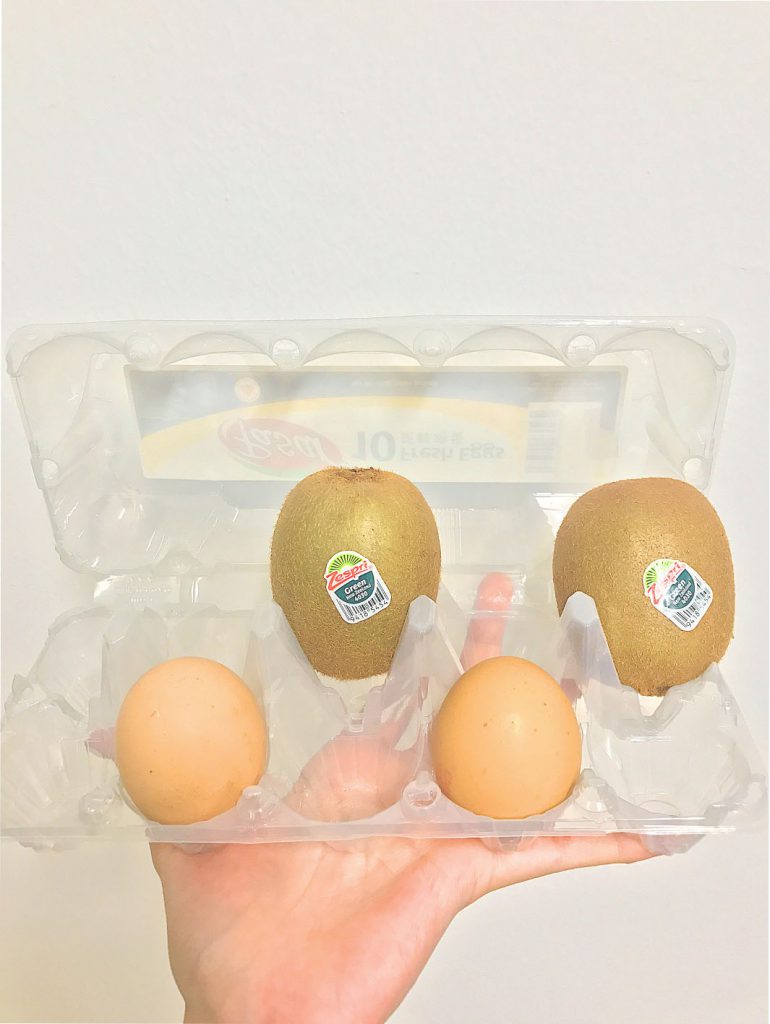
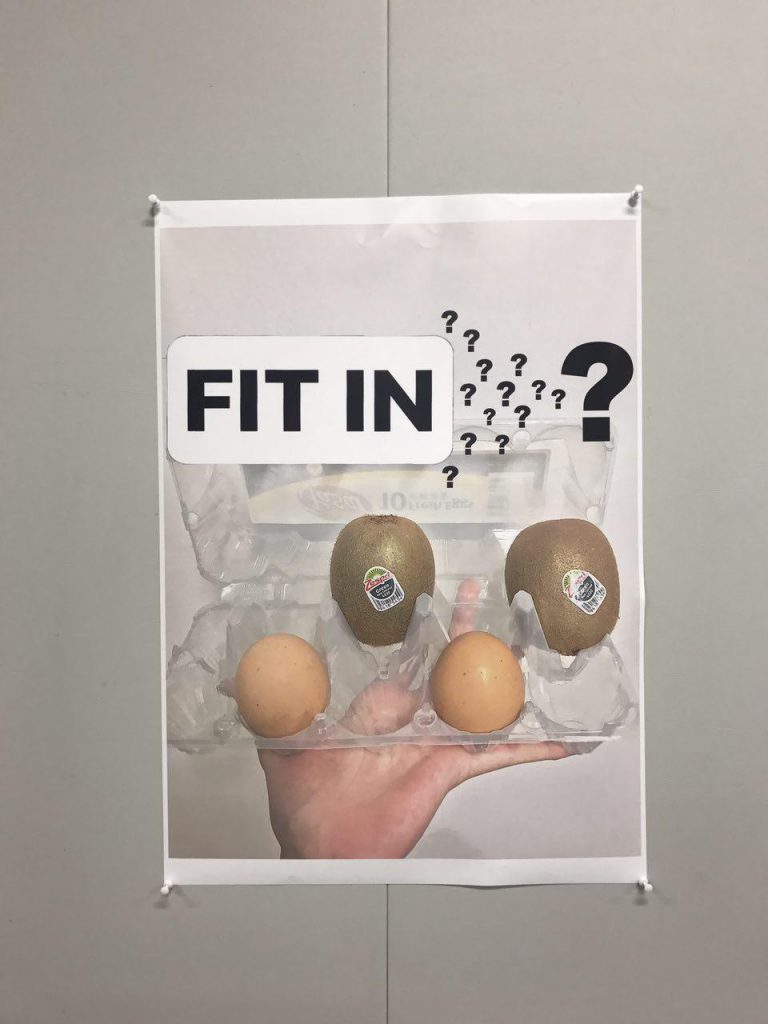
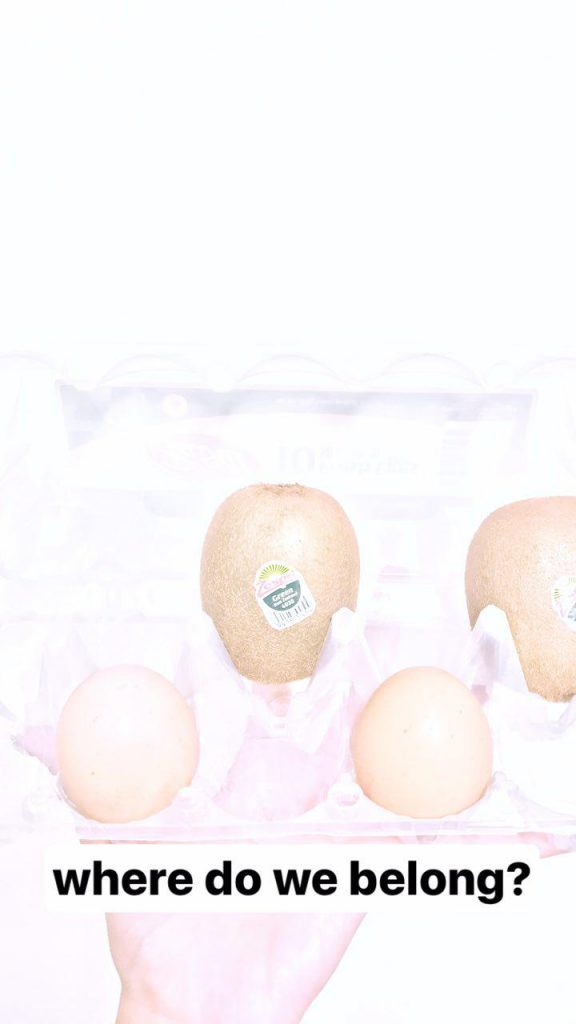


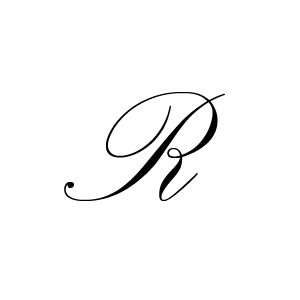
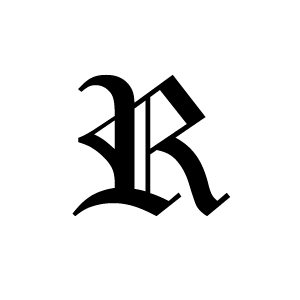
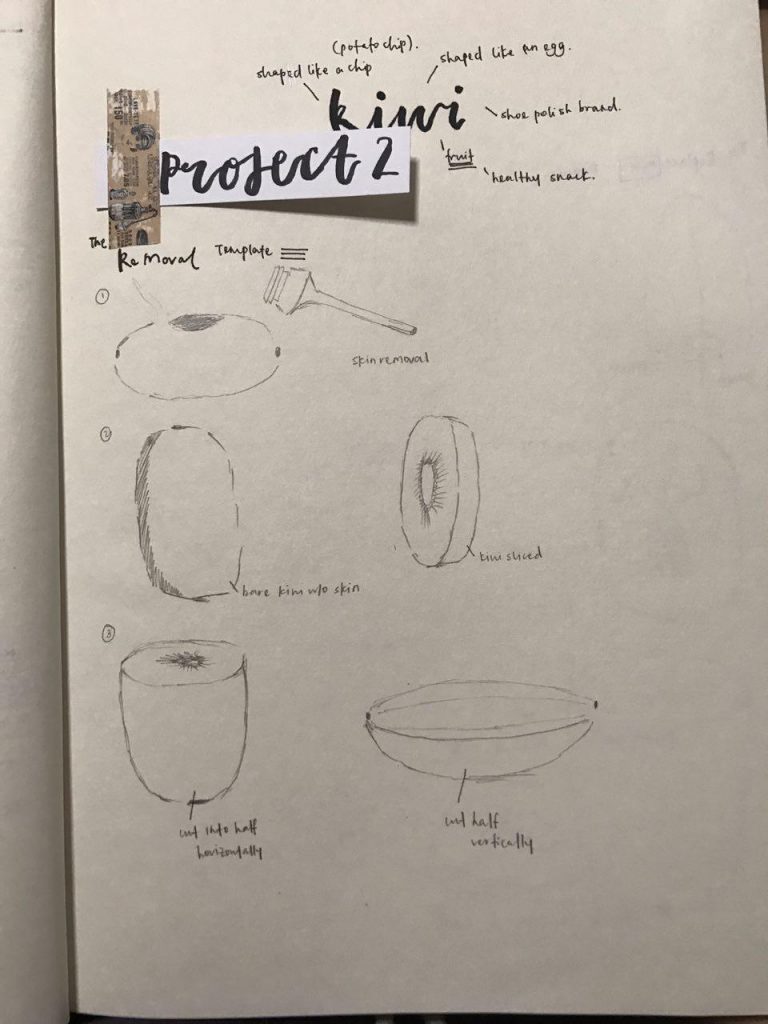
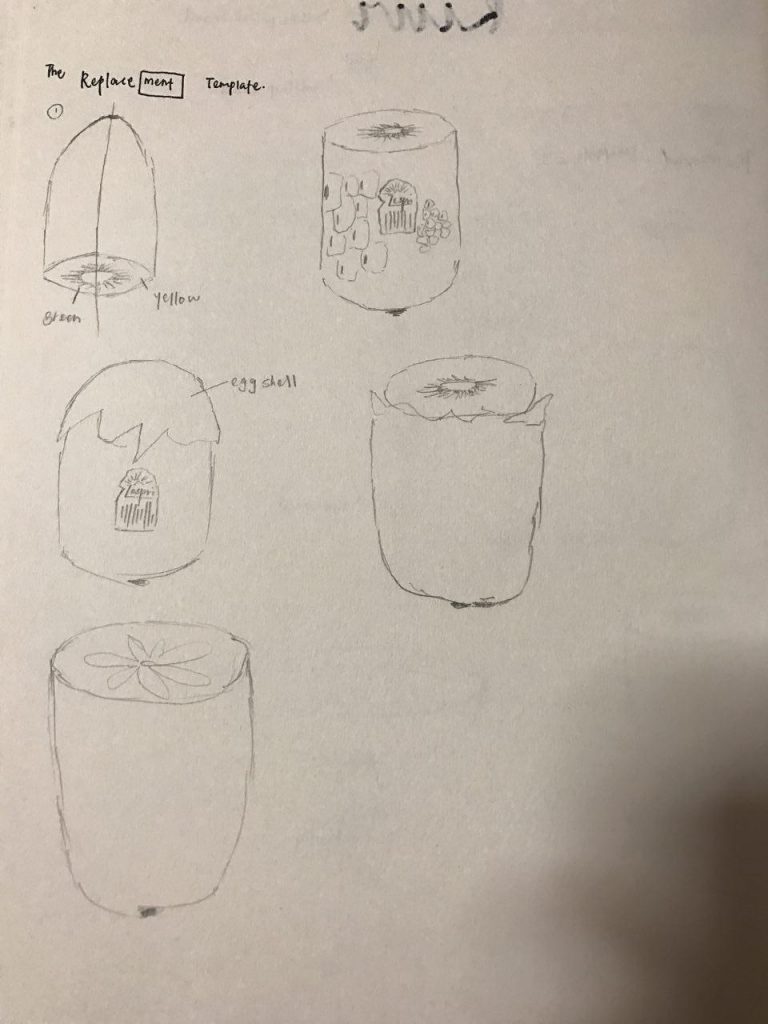
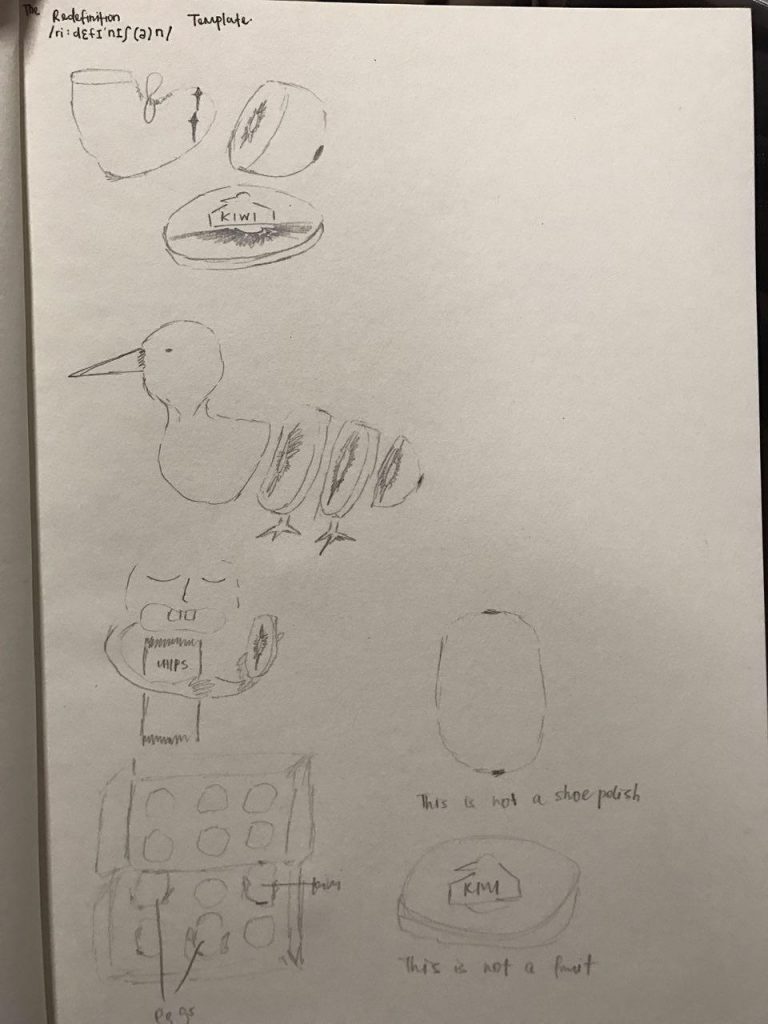
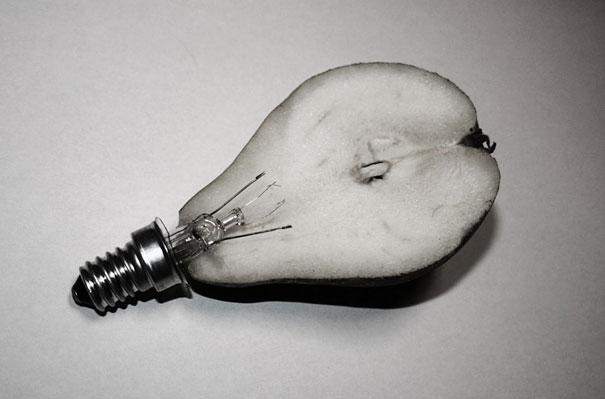

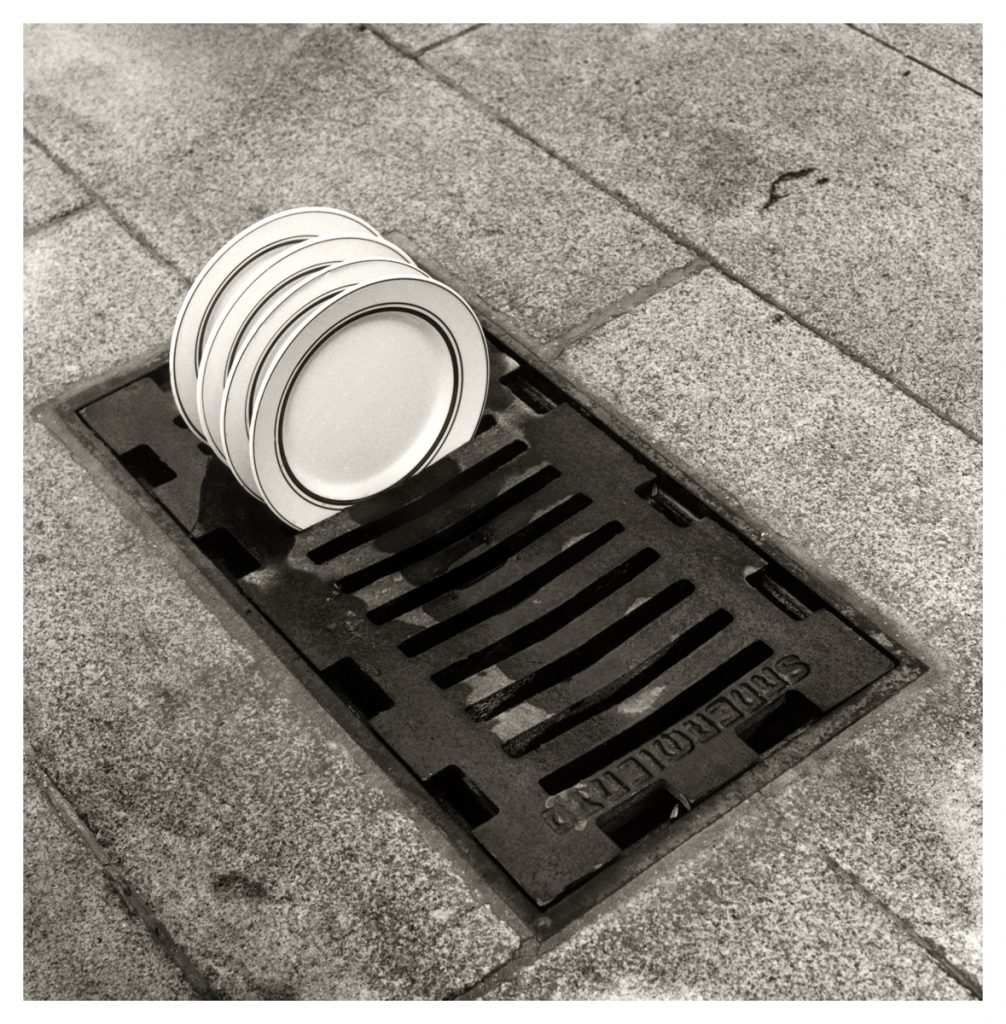

 and here are some shots of her taken by me!
and here are some shots of her taken by me!